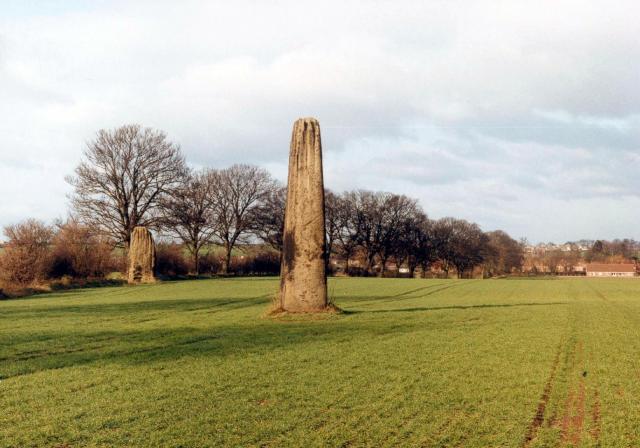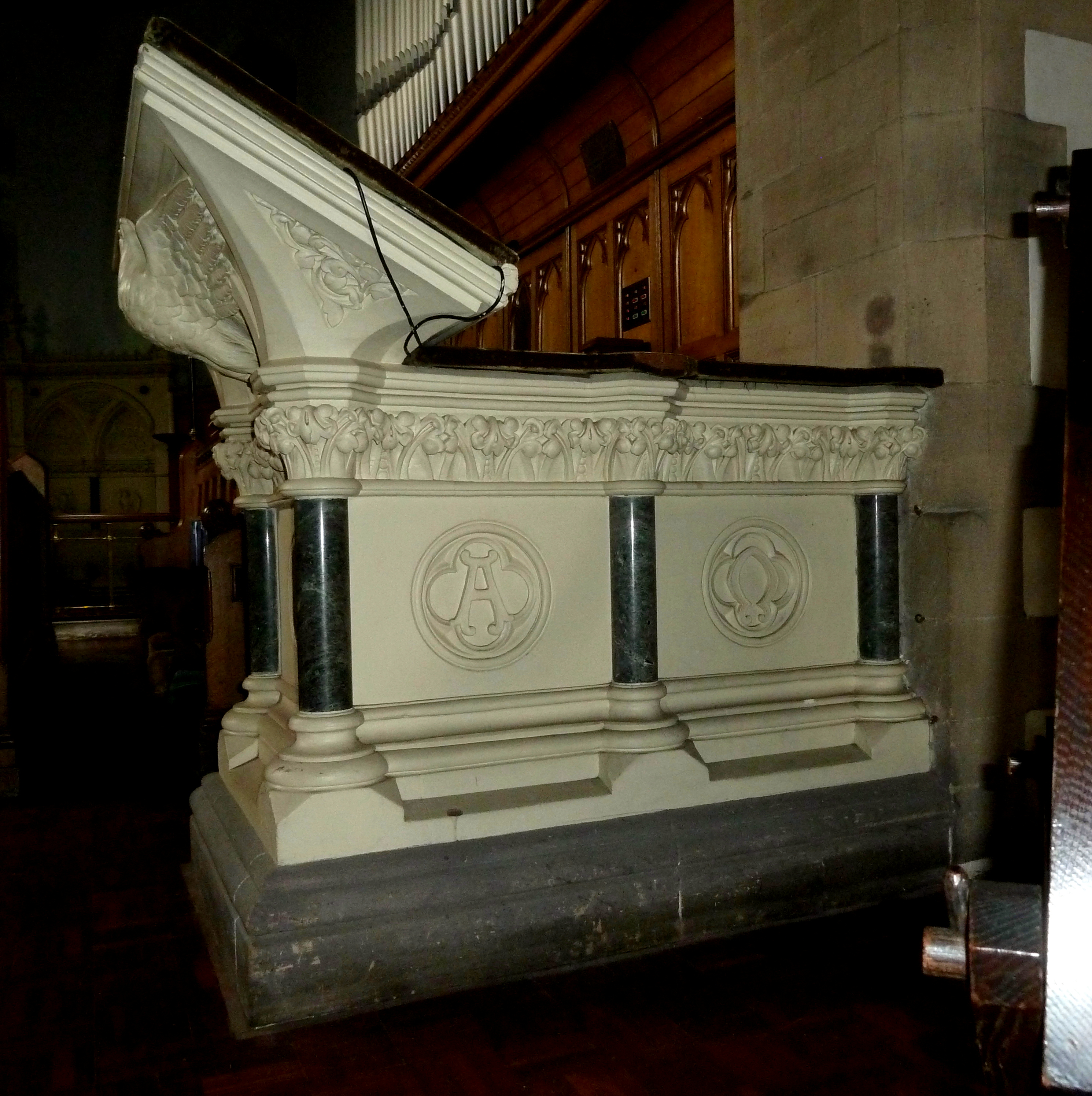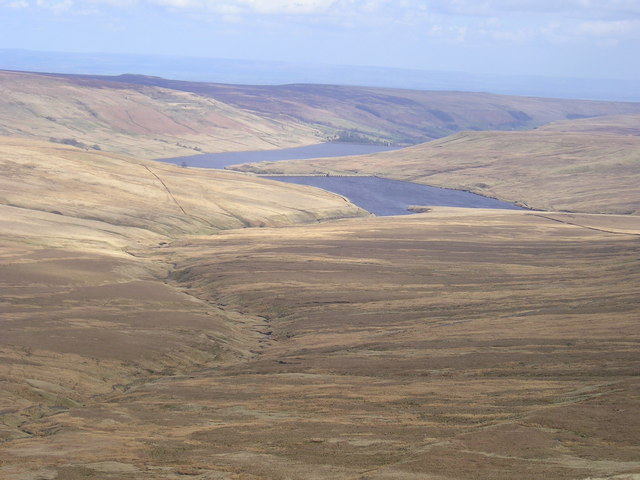|
Robert Mawer
Robert Mawer (Nidderdale 1807 - Leeds 10 November 1854) was an architectural sculptor, based in Leeds, West Yorkshire, England. He specialised in the Gothic Revival and Neoclassical styles. He created the Neoclassical keystone heads on St George's Hall, Bradford and on Moorland's House, Leeds, and was working on the keystone heads at Leeds Town Hall when he died. He was a founding member of the Mawer Group of Leeds architectural sculptors, which included his wife, Catherine Mawer, his son Charles Mawer, and his apprentices William Ingle, Matthew Taylor and Benjamin Payler, who all became sculptors with their own careers. Many of the buildings enhanced with sculpture by Robert Mawer are now listed by Historic England. Background Robert Mawer was born around 1807 in Nidderdale. Deaths Dec 1854 Mawer Robert Leeds vol9b p233. The certificate describes him as a stone carver. He was baptised at Middlesmoor in 1808, the son of William Mawer of Haden Carr which is now under Scar ... [...More Info...] [...Related Items...] OR: [Wikipedia] [Google] [Baidu] |
Boroughbridge
Boroughbridge () is a town and civil parish in the Harrogate district of North Yorkshire, England. Historically part of the West Riding of Yorkshire, it is north-west of the county town of York. Until a bypass was built the town lay on the main A1 road from London to Edinburgh, which crosses the River Ure here. The civil parish includes the villages of Aldborough and Minskip. History Toponymy The origin of the name 'Boroughbridge' lies in its location relative to Aldborough, the principal settlement during the Roman period and known as Isurium Brigantum. Dere Street, the Roman road heading north from York, originally crossed the River Ure just north of Aldborough, but at an unknown date the road was diverted to cross the river at Boroughbridge. The place was first mentioned in 1155 in the Latin form ''pontem de Burgo'' and by 1298 in the English form ''Burghbrig'' ('the bridge near Burgh or Aldborough'). A new town grew up at the bridge and the Old Town became known as the ' ... [...More Info...] [...Related Items...] OR: [Wikipedia] [Google] [Baidu] |
Mawer And Ingle
Mawer and Ingle was a company of architectural sculptors, based in Leeds, West Yorkshire, England, between 1860 and 1871. It comprised cousins Charles Mawer (born 1839) and William Ingle (1828–1870), and Catherine Mawer (1804–1877) who was mother of Charles and aunt of William. The group produced carvings on many Gothic Revival churches and their internal furnishings. They also worked on civic buildings, warehouses and offices. Many of these are now listed by Historic England, and many of the surviving buildings are within Yorkshire. Their work outside Yorkshire included Trent Bridge. Sculpture studio This was known as Mawer's Stoneyard. Some free-standing and smaller items could be completed or half-worked in the stoneyard, then transported and completed onsite as necessary. Because massive stones with delicate carving could not be transported, exterior architectural sculpture was worked on location. The masons prepared the stone by roughing out a protuberance for the scu ... [...More Info...] [...Related Items...] OR: [Wikipedia] [Google] [Baidu] |
Leeds Civic Trust
Leeds Civic Trust is a voluntary organisation and registered charity established in Leeds, West Yorkshire, England in 1965. Affiliated to the national charity Civic Voice, its stated purpose is "to stimulate public interest in and care for the beauty, history, and character of the city and locality, to encourage high standards of design, architecture and town planning; ndto encourage the development and improvement of features of general public amenity". The Trust is independent, funded by public membership, grants, and donations. In addition to its campaigning and educational roles, the Trust comments on planning applications and takes part in planning policy consultations. Other activities include operation of an extensive blue plaque scheme across the city, and the annual organisation of Heritage Open Days at local sites. It is based at 17–19 Wharf Street, a mid-Victorian shop premises in The Calls area of the city centre, now serving as its office and bookshop. History T ... [...More Info...] [...Related Items...] OR: [Wikipedia] [Google] [Baidu] |
Baptismal Font
A baptismal font is an article of church furniture used for baptism. Aspersion and affusion fonts The fonts of many Christian denominations are for baptisms using a non-immersive method, such as aspersion (sprinkling) or affusion (pouring). The simplest of these fonts has a pedestal (about tall) with a holder for a basin of water. The materials vary greatly consisting of carved and sculpted marble, wood, or metal. The shape can vary. Many are eight-sided as a reminder of the new creation and as a connection to the practice of circumcision, which traditionally occurs on the eighth day. Some are three-sided as a reminder of the Holy Trinity: Father, Son, and Holy Spirit. Fonts are often placed at or near the entrance to a church's nave to remind believers of their baptism as they enter the church to pray, since the rite of baptism served as their initiation into the Church. In many churches of the Middle Ages and Renaissance there was a special chapel or even a separate build ... [...More Info...] [...Related Items...] OR: [Wikipedia] [Google] [Baidu] |
Reredos
A reredos ( , , ) is a large altarpiece, a screen, or decoration placed behind the altar in a church. It often includes religious images. The term ''reredos'' may also be used for similar structures, if elaborate, in secular architecture, for example very grand carved chimneypieces. It also refers to a simple, low stone wall placed behind a hearth. Description A reredos can be made of stone, wood, metal, ivory, or a combination of materials. The images may be painted, carved, gilded, composed of mosaics, and/or embedded with niches for statues. Sometimes a tapestry or another fabric such as silk or velvet is used. Derivation and history of the term ''Reredos'' is derived through Middle English from the 14th-century Anglo-Norman ''areredos'', which in turn is from''arere'' 'behind' +''dos'' 'back', from Latin ''dorsum''. (Despite its appearance, the first part of the word is not formed by doubling the prefix "re-", but by an archaic spelling of "rear".) In the 14th and 15th cent ... [...More Info...] [...Related Items...] OR: [Wikipedia] [Google] [Baidu] |
Ripon Cathedral
The Cathedral Church of St Peter and St Wilfrid, commonly known as Ripon Cathedral, and until 1836 known as Ripon Minster, is a cathedral in Ripon, North Yorkshire, England. Founded as a monastery by monks of the Irish tradition in the 660s, it was refounded as a Benedictine monastery by St Wilfrid in 672. The church became collegiate in the tenth century, and acted as a mother church within the large Diocese of York for the remainder of the Middle Ages. The present church is the fourth, and was built between the 13th and 16th centuries. In 1836 the church became the cathedral for the Diocese of Ripon. In 2014 the Diocese was incorporated into the new Diocese of Leeds, and the church became one of three co-equal cathedrals of the Anglican Bishop of Leeds, Bishop of Leeds. The cathedral is notable architecturally for its Gothic architecture, gothic west front in the Early English Gothic, Early English style, considered one of the best of its type, as well as the Decorated Goth ... [...More Info...] [...Related Items...] OR: [Wikipedia] [Google] [Baidu] |
Moorlands House Leeds (41)
{{disambiguation ...
Moorlands may refer to: * Moorlands, Auchenflower, a heritage-listed building in Brisbane, Queensland, Australia * Moorlands, South Australia, a locality east of Tailem Bend, Australia * Moorland, a type of habitat found in upland areas See also *Moorland (other) Moorland is a type of habitat found in upland areas. Moorland may also refer to: Places Australia * Moorland, Queensland, a locality in the Bundaberg Region United Kingdom * Carlton-le-Moorland * Moorland, Somerset United States * ... [...More Info...] [...Related Items...] OR: [Wikipedia] [Google] [Baidu] |
United Kingdom Census, 1851
The United Kingdom Census of 1851 recorded the people residing in every household on the night of Sunday 30 March 1851, and was the second of the UK censuses to include details of household members. However, this census added considerably to the fields recorded in the earlier 1841 UK Census, providing additional details of ages, relationships and origins, making the 1851 census a rich source of information for both demographers and genealogists. The 1851 census for England and Wales was opened to public inspection at the Public Record Office in 1912 (the 100-year closure rule was not in effect at the time), and is now available from The National Archives as part of class HO 107. The 1851 census for Scotland is available at the General Register Office for Scotland. An 1851 census was taken in Ireland but most of the records have been destroyed; those that remain are held by the Public Record Office of Northern Ireland (for those counties of Ireland which remain in the UK) or the Na ... [...More Info...] [...Related Items...] OR: [Wikipedia] [Google] [Baidu] |
United Kingdom Census, 1841
The United Kingdom Census of 1841 recorded the occupants of every United Kingdom household on the night of Sunday 6 June 1841. The enactment of the Population Act 1840 meant a new procedure was adopted for taking the 1841 census. It was described as the "first modern census" as it was the first to record information about every member of the household, and administered as a single event, under central control, rather than being devolved to a local level. It formed the model for all subsequent UK censuses, although each went on to refine and expand the questions asked of householders. It was important for early demographic analysis of the United Kingdom population and remains of interest to historians, demographers and genealogists, although the information about each person is quite limited compared with that available from later censuses. The total population of England, Wales and Scotland was recorded as 18,553,124. Background Due to the Population Act 1840, the United Kingdo ... [...More Info...] [...Related Items...] OR: [Wikipedia] [Google] [Baidu] |
Scar House Reservoir
Scar House Reservoir is the second of the three reservoirs in Upper Nidderdale, England, the others being Angram Reservoir and Gouthwaite Reservoir. Between them they attract around 150,000 visitors a year. Angram and Scar House were built to supply water to the Bradford area of West Yorkshire, England. Water from here is transferred to Chellow Heights via the Nidd Aqueduct using only gravity and no pumping. The dam contains over one million tonnes of masonry, it rises to above the river and is almost long. It was completed in 1936. The dam height is The reservoir is fed almost exclusively from Angram reservoir, which in turn is fed predominantly from the flanks of Great Whernside. History Scar House was the last reservoir to be built in the Nidd Valley. It superseded an earlier reservoir, Hayden Carr, constructed in the early 1890s. Work started at Hayden Carr in 1894 by Morrison and Mason of Edinburgh. When Angram was nearing completion, Bradford Corporation decided ... [...More Info...] [...Related Items...] OR: [Wikipedia] [Google] [Baidu] |
Stonebeck Up
Stonebeck Up is a civil parish in Harrogate district, North Yorkshire, England. The only village in the parish is Middlesmoor. The population of the parish in the 2011 census was 119. The parish occupies the highest part of Nidderdale. It is bounded on the south side by Stean Beck, from which the parish takes its name (''stean'' being a dialect form of "stone"), and which separates it from the parish of Stonebeck Down. To the west and north it is bounded by a ridge, including the summits of Great Whernside and Little Whernside, and to the east it is bounded by Masham Moor, a ditch known as Mere Dike, and the River Nidd. The parish includes Angram and Scar House Reservoirs, and large areas of grouse moor. Historically Stonebeck Up was a township in the ancient parish of Kirkby Malzeard in the West Riding of Yorkshire. In the Middle Ages it formed part of the lands of Byland Abbey, which established grange Grange may refer to: Buildings * Grange House, Scotland, built ... [...More Info...] [...Related Items...] OR: [Wikipedia] [Google] [Baidu] |
Middlesmoor
Middlesmoor is a small hill village at the head of Nidderdale in the Harrogate district of North Yorkshire, England. Middlesmoor is the principal settlement in the civil parish of Stonebeck Up, historically a township in the ancient parish of Kirkby Malzeard in the West Riding of Yorkshire. History The place name was first mentioned in the 12th century. It probably means "moorland in the middle of two streams" referring to the River Nidd and its tributary How Stean Beck. An alternative explanation is that the name comes from an otherwise unrecorded personal name, Midele, also seen in the name of Middlesbrough. In the 12th century Byland Abbey established a grange at Middlesmoor. Church It appears that there has been a place of worship at Middlesmoor since Anglo-Saxon times. There is a stone cross inscribed "Cross of St Ceadda" (Chad), dated to Anglo-Saxon times, in the Church of St Chad, which also contains an ancient font which is possibly Anglo-Saxon. The present chu ... [...More Info...] [...Related Items...] OR: [Wikipedia] [Google] [Baidu] |







